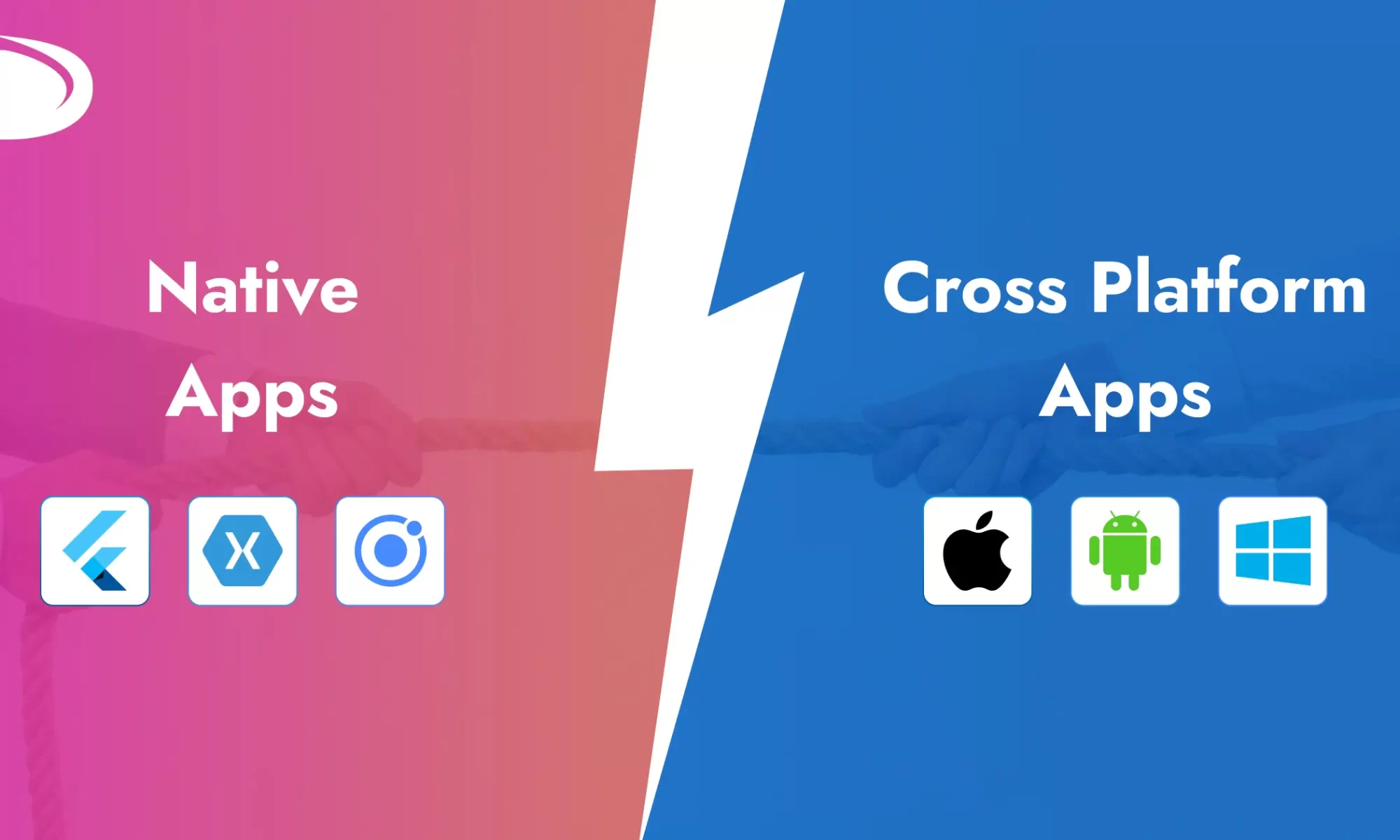In today’s mobile-first world, businesses looking to develop an app are faced with a crucial decision: Should they go for native app development or cross-platform development? Each approach has its own advantages and challenges, and the best choice depends on factors like budget, timeline, performance requirements, and target audience. Let’s dive deeper into both approaches to help you make an informed decision.
What is Native Mobile App Development?
Native app development involves creating apps specifically for a single platform, either iOS or Android. Developers use platform-specific programming languages and tools:
- iOS Development: Uses Swift or Objective-C with Xcode.
- Android Development: Uses Kotlin or Java with Android Studio.
Pros of Native App Development:
- High Performance: Since native apps are built specifically for a platform, they offer fast and responsive user experiences.
- Better User Experience (UX): Native apps adhere to platform-specific design guidelines, leading to more intuitive and seamless experiences.
- Access to Native Features: Developers can utilize device-specific features like GPS, camera, gestures, and push notifications effortlessly.
- Greater Security: Native apps provide better security with advanced encryption and built-in platform security features.
Cons of Native App Development:
- Higher Development Costs: Separate codebases for iOS and Android require more time and effort.
- Longer Time to Market: Developing two separate apps increases development and maintenance time.
- Maintenance Complexity: Updates and bug fixes must be implemented separately for each platform.
What is Cross-Platform Mobile App Development?
Cross-platform development allows developers to write a single codebase that runs on both iOS and Android. Popular frameworks include:
- React Native (JavaScript)
- Flutter (Dart)
- Xamarin (C#)
Pros of Cross-Platform Development:
- Cost-Efficiency: A single codebase reduces development costs and time.
- Faster Development: Developers can reuse most of the code across platforms, speeding up the process.
- Wider Market Reach: Apps are launched simultaneously on both platforms.
- Easier Maintenance: Bug fixes and updates apply to both platforms at the same time.
Cons of Cross-Platform Development:
- Performance Limitations: Cross-platform apps may not be as fast as native apps, especially for complex animations or high-performance tasks.
- Limited Access to Native Features: Some device-specific functionalities may require additional effort to integrate.
- Potential UI/UX Inconsistencies: Achieving a fully native-like experience on both platforms can be challenging.
Which One Should You Choose?
The decision between native and cross-platform development depends on your project’s priorities:
- Choose native development if you need high performance, best-in-class user experience, and full access to device capabilities.
- Choose cross-platform development if you want faster development, cost savings, and broader reach.
Final Thoughts
Both native and cross-platform development have their strengths and weaknesses. Understanding your business needs, user expectations, and budget constraints will help you make the right choice. If you’re unsure which approach is best for your mobile app project, consulting with an experienced app development partner like Winklix can provide the guidance you need.
Want to build a mobile app? Contact Winklix today in Sydney to discuss the best strategy for your business!


